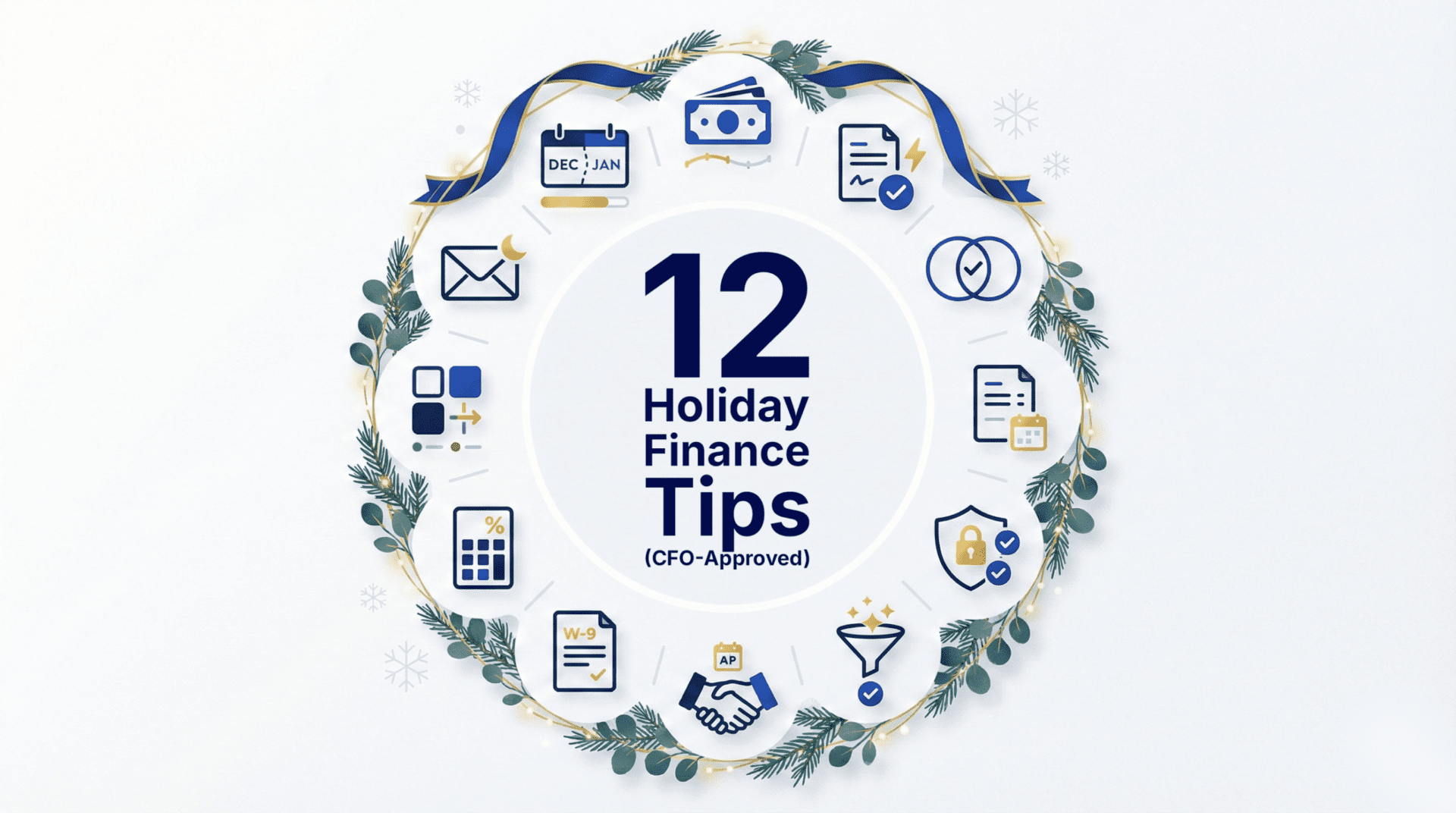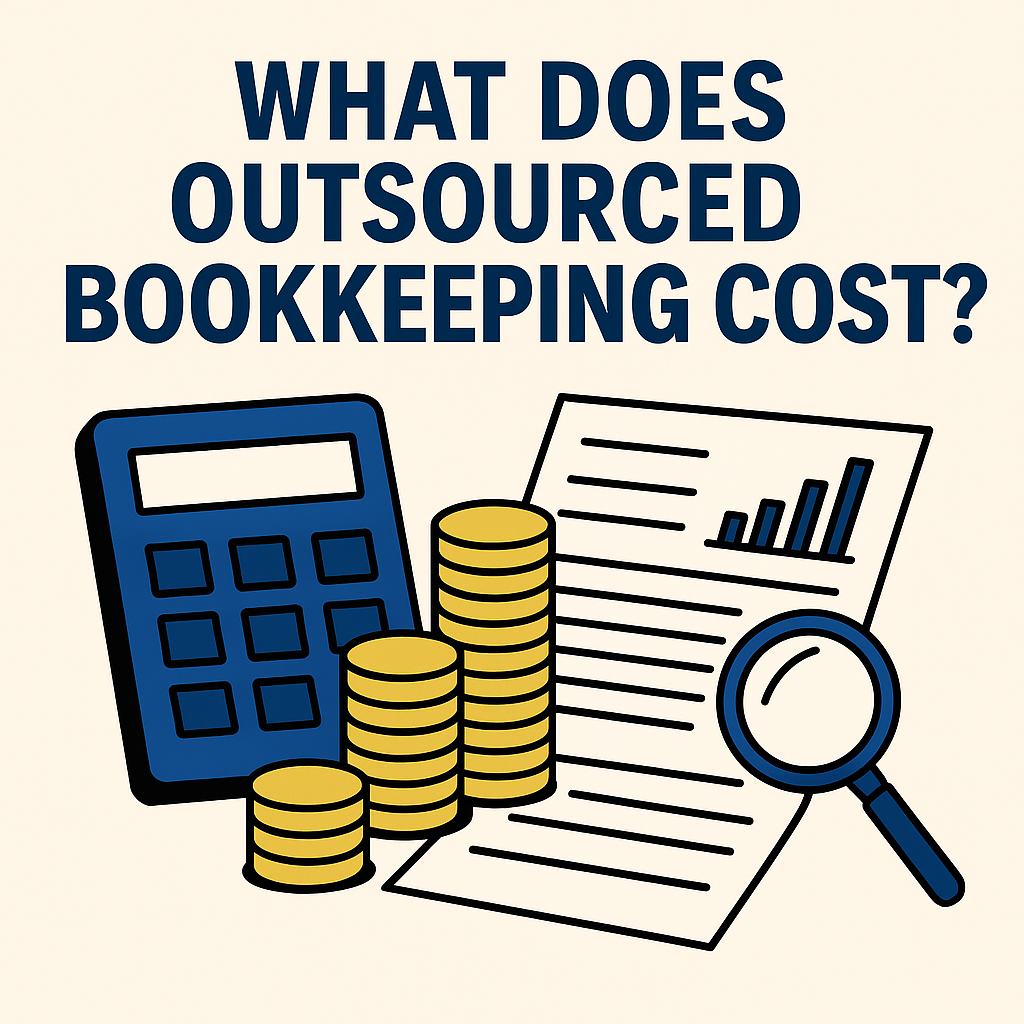
In the age of remote work and a massive labor shortage, organizations all around the globe are hiring remote workers to fill the gaps within their companies. No individual is too far away to perform a critical role within a startup or agency. Unfortunately, business startups might lack dedicated internal payroll, tax, and HR resources to hire remote workers within and outside the United States. One solution is to work with a fractional CFO team to help onboard and pay your remote workers all over the globe.
This guide serves as a primer for any CEO or COO who wants to learn about the basic requirements to be compliant when onboarding and offboarding remote employees.
Step 1: Decide which type of remote employee your hire is
Your worker can be either an employee or a contractor. While the lines between employee and contractor are blurring with flexible work arrangements, there are multiple factors for you to consider.
- Is this person primarily working under my direction (employee) or operating autonomously (contractor)?
- How many hours is this person going to be working for us – full-time (employee) or part-time (contractor)?
- Who else does this person do work for and how many other clients do they have (none – employee)?
- Does this person provide services that relate to our primary business – yes (employee) or no (contractor)?
- Does our business have a limited term contract with specific fees with this worker – yes (contractor) or no (employee)?
There might not be a clear answer when going through these factors in which case you should consult with an HR consultant to help you make the determination. Failure to classify a worker correctly could have devastating consequences to your business in the form of back pay, payroll taxes, penalties, and interest. If you aren’t sure, you definitely want to seek the help of an HR consultant to point you in the right direction.
If you do determine them to be an employee, move on to step 2.
Step 2: Sign the offer letter and send the employee handbook
Before you hire an employee, you should draft a comprehensive offer letter that includes all of the components of what your company and your employee are agreeing to. Some offer letters refer to the most current employee handbook which will have more detailed information on the company’s policies. Sometimes it’s easier to update the handbook and send it out when there are new updates than constantly updating employee contractors.
Your offer letter should include the following components:
- Official start date
- Title, role, and responsibilities
- Compensation – both fixed and variable
- Benefits, if any
- Paid time off, sick leave, and holiday policies
- Whether they’re an exempt or non-exempt professional
- Pay periods
- Reference to the employee handbook
- Completed signature from both parties
Having a clear offer letter your company and the employee can refer to throughout their employment will minimize any questions on what the employee is entitled to.
Step 3: Register your business in new jurisdictions where your remote employee is based
Knowing who you are hiring and where they are based will help you pinpoint what jurisdictions your business will be subject to. For example, if your company is based in California and you hire a remote employee in New York, you need to register your business for:
- Department of Tax and Finance (income and payroll taxes)
- Department of Labor (unemployment and workers compensation)
- Secretary of State (foreign entity registration)
That’s a lot of compliance headache to deal with from just one new hire. Make sure you are prepared to pay for the additional compliance cost.
Payroll and Income tax filing requirements
One thing that isn’t obvious to newer entrepreneurs is that every new state or jurisdiction your business operates in will trigger both a payroll and income tax filing requirement. That could be a massive headache for S-corporations and partnership pass-through entities because the shareholder or partner will need to file income tax returns exactly wherever the business is filing too.
You will need to make unemployment contributions to the state’s fund and you may be required to set up workers’ compensation insurance for that employee. Failure to set up workers’ compensation insurance could result in significant penalties from the state’s department of labor. New York state is a prime example where the penalty is particularly onerous.
Step 4: Onboard the remote employee into your payroll, HR, and IT systems
There are a few key checklist items you need to complete before you onboard an employee:
- Verify they’re eligible to work in the US with Form I-9
- Make sure they’ve provided a signed W-4 with their withholding elections
- Elected benefits like your company’s health insurance and 401(k) plan, if applicable
- Update your workers compensation insurance plan to include the new hire
- Make sure their direct manager has an onboarding plan for their first week in the company
Payroll system
If you don’t have a comprehensive payroll system, we recommend Gusto for companies with less than 10 employees and Rippling for companies with more than 10 employees. Gusto is great for small businesses that aren’t growing as quickly because it allows you to self-service payroll on your own.
Once you get that initial round of seed funding and start a hiring spree, Rippling becomes more powerful. It will help you manage setting up in more states, deploy both hardware and software, and provide more robust HR capabilities for your employees.
TIP: Haven’t set up payroll yet? Check out this article on basic payroll for S-corporations.
Step 5: File quarterly and annual forms for remote employees
There’s a lot to file when you have a large remote team. You’ll need to file all the:
- payroll tax forms
- income tax forms
- unemployment tax forms
- secretary of state annual reports
- retirement plan tax forms
- benefit plan forms
As you can see, there’s quite a bit of compliance tied to hiring employees all around the US. You’ll want to partner with a CFO team that can help you manage all of the moving pieces.
This all seems like too much…
If this all seems overwhelming, perhaps you should consider enlisting a CleverProfits CFO for your company. Schedule a consultation with an advisor today to see how we can help.
The Clever Writing Team
The CleverProfits writing team includes various team members in Advisory, Financial Strategy, Tax, and Leadership. Our goal is to provide relevant and easy-to-understand financial content to help founders and business leaders reach their true potential.






